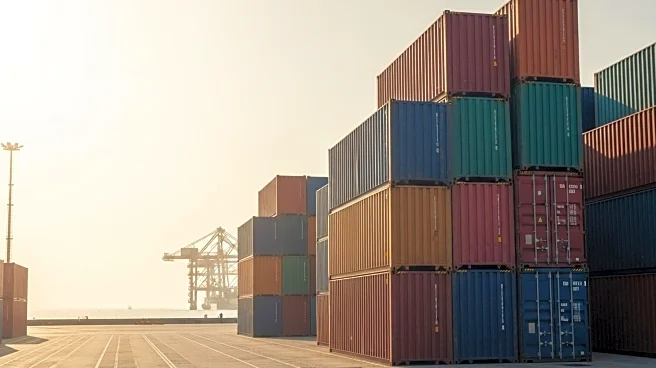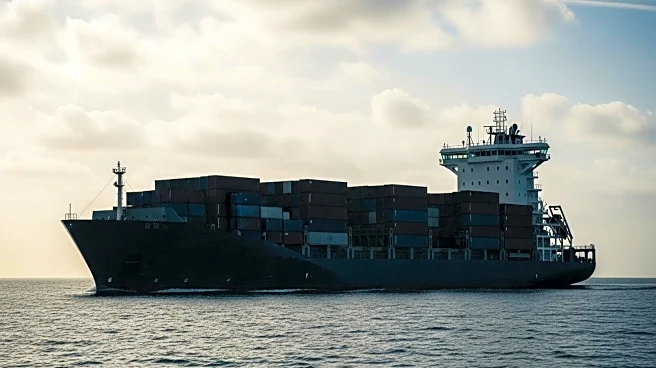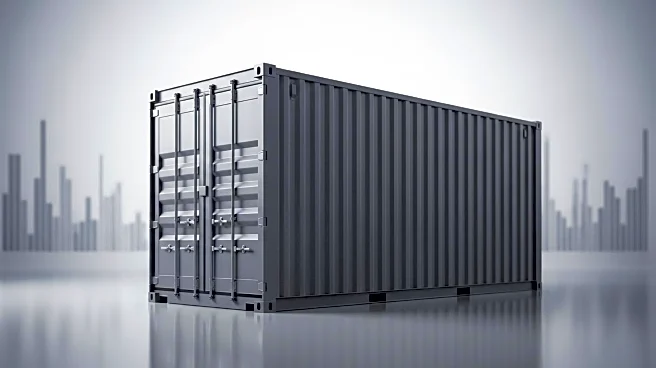What's Happening?
Several publicly traded less-than-truckload (LTL) carriers, including Old Dominion Freight Line, XPO, and Saia, have reported a decline in freight volumes for the first two months of the third quarter. The downturn is attributed to a sluggish economy, particularly affecting the manufacturing and housing sectors. Old Dominion experienced a significant drop in tons per day, over 9%, while Saia limited its decline to 2.2%. Despite the volume decrease, Old Dominion's president and CEO, Marty Freeman, highlighted improved pricing as a positive aspect, indicating the company's capacity to handle increased volumes when demand improves. ArcBest, another LTL carrier, has bucked the trend by adding over 100 accounts in the second quarter, resulting in growth in shipments and tons per day.
Why It's Important?
The decline in freight volumes among major LTL carriers reflects broader economic challenges impacting the transportation sector. As manufacturing and housing sectors struggle, carriers face reduced demand, affecting their financial performance. However, improved pricing strategies may help mitigate losses and position companies like Old Dominion for future growth. ArcBest's success in expanding its customer base demonstrates the potential for strategic growth even in challenging economic conditions. The performance of these carriers is a key indicator of economic health, influencing investor confidence and industry stability.
What's Next?
As the economic environment remains uncertain, LTL carriers may continue to face challenges in maintaining freight volumes. Companies are likely to focus on pricing strategies and customer service to retain and attract business. The industry will closely monitor economic indicators for signs of recovery, particularly in manufacturing and housing, which could lead to increased demand for freight services. Carriers may also explore opportunities for expansion and diversification to mitigate risks associated with economic downturns.











